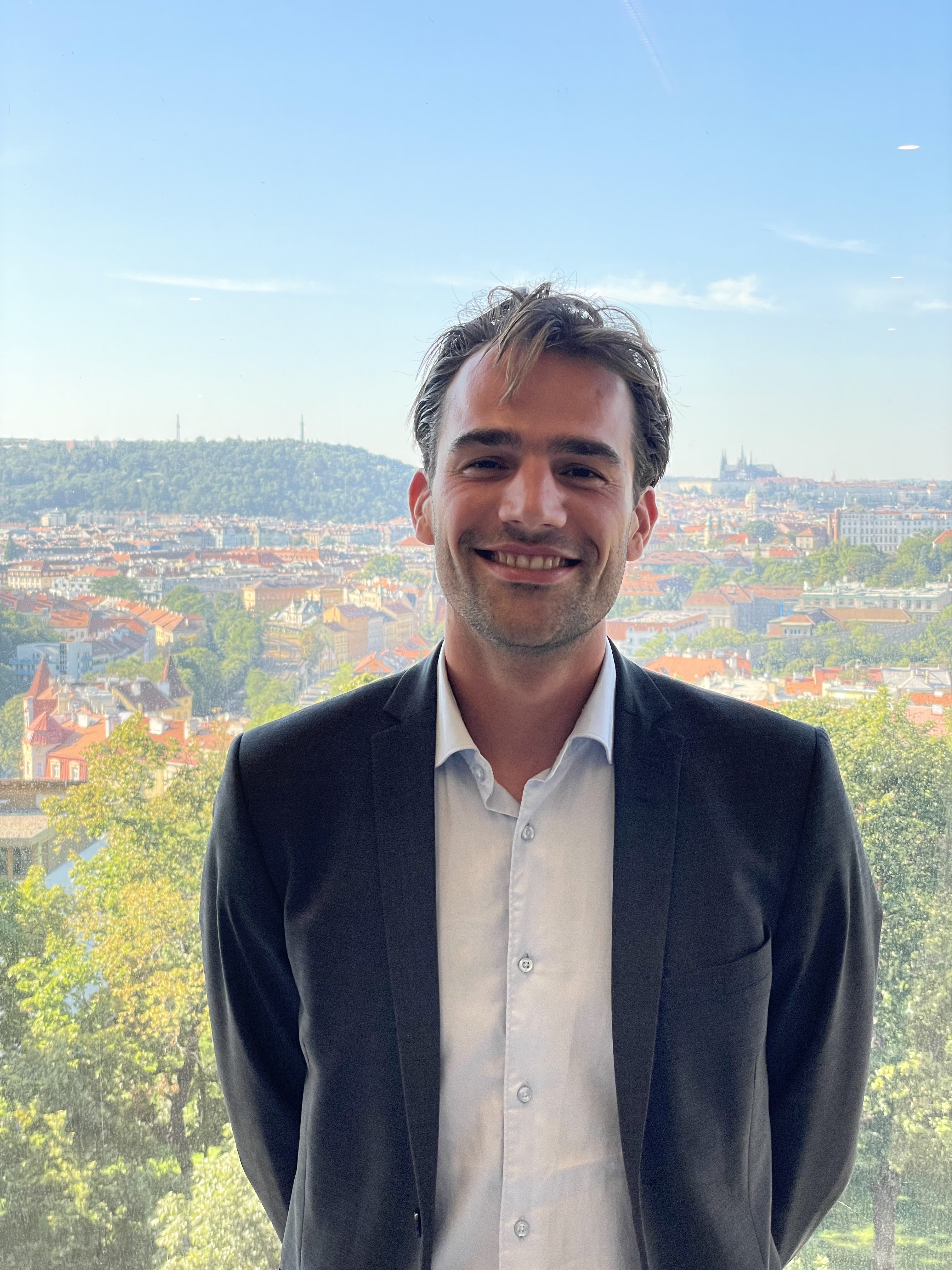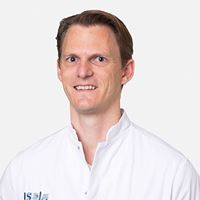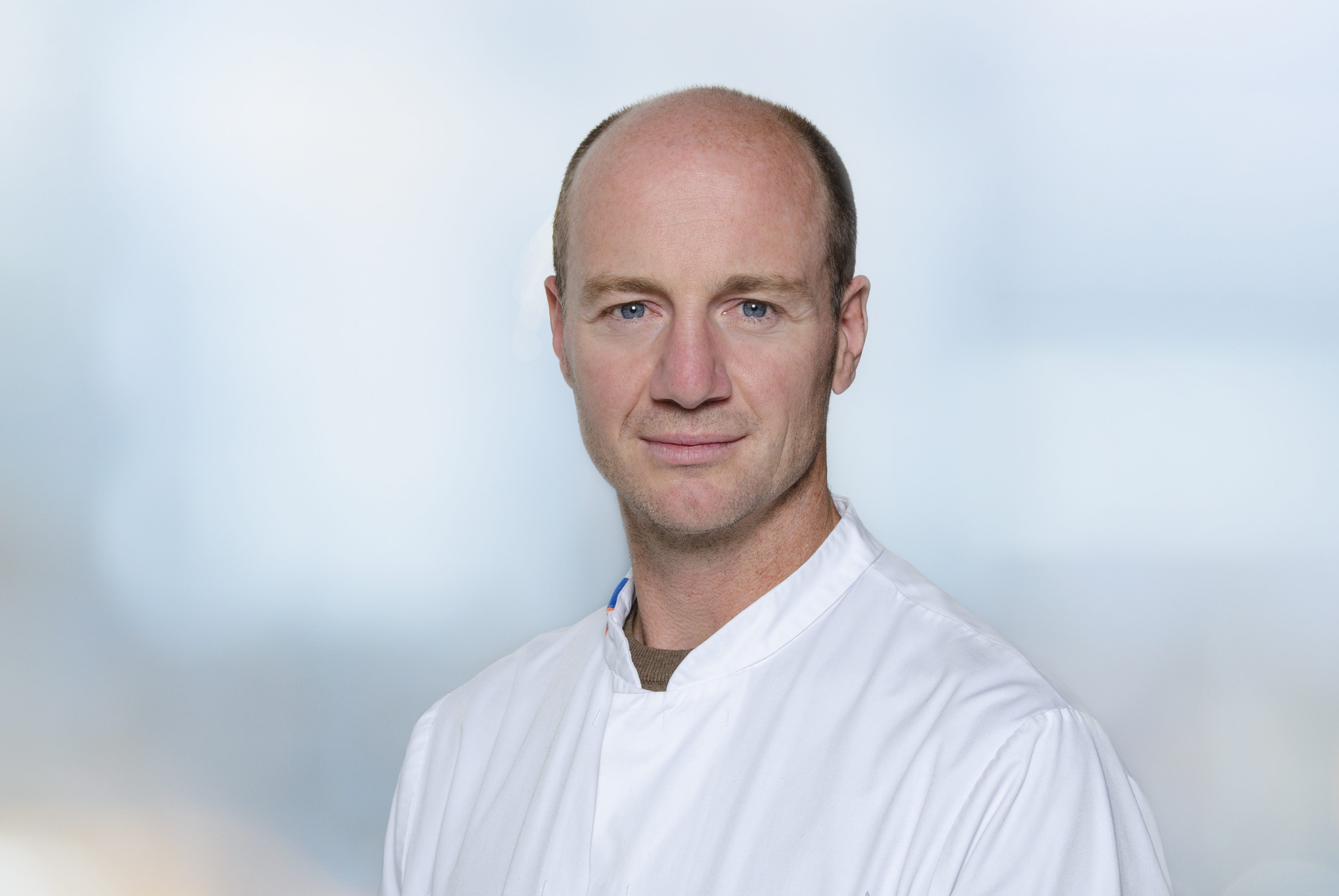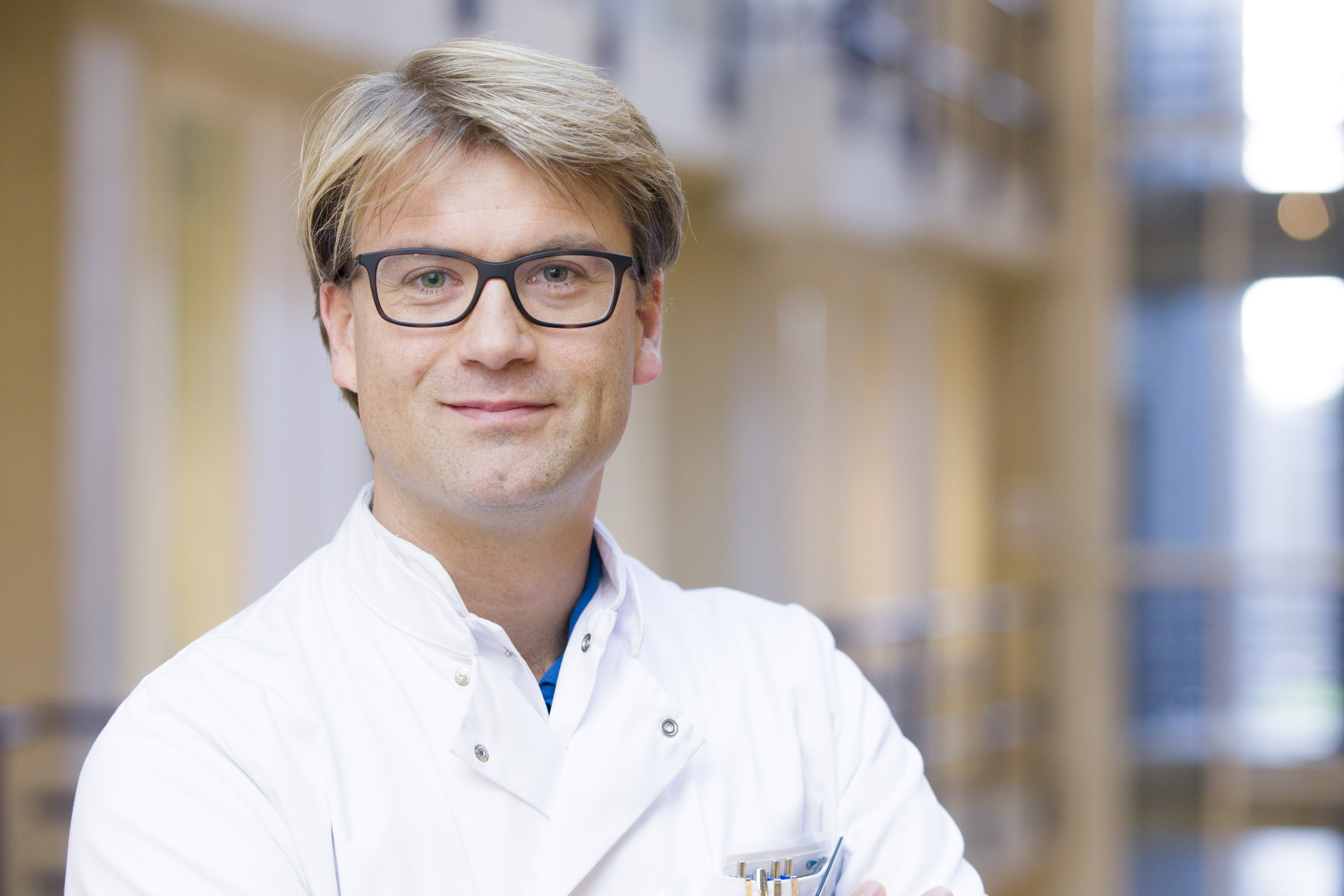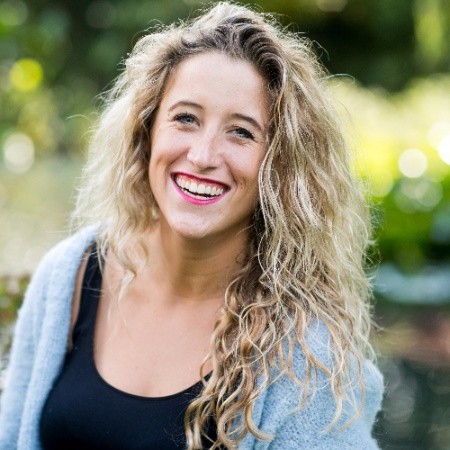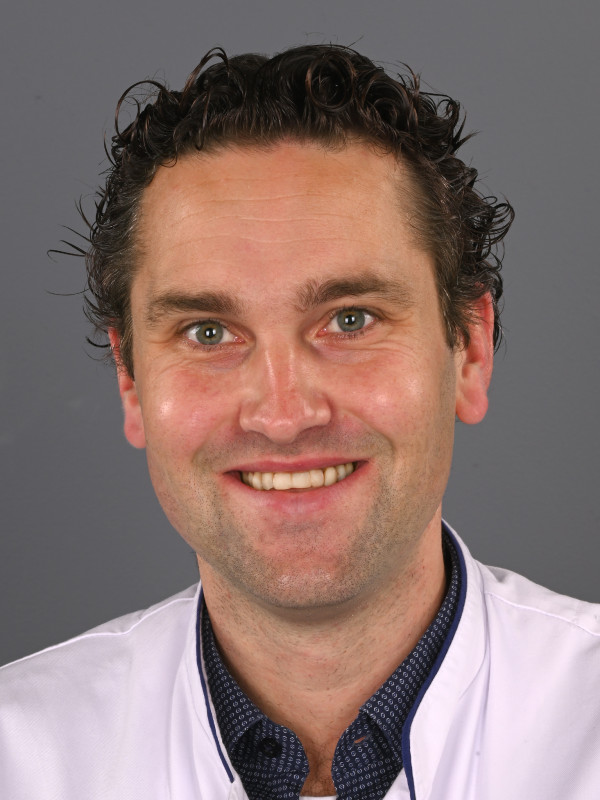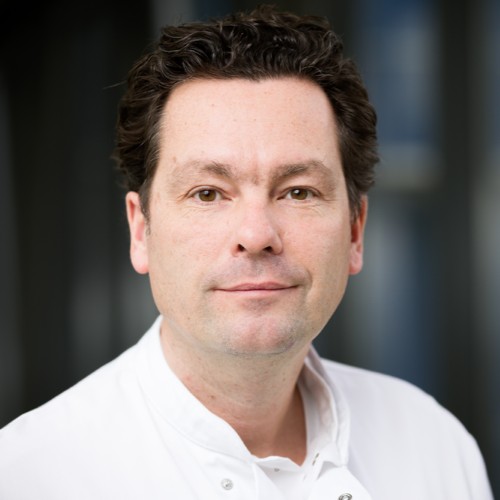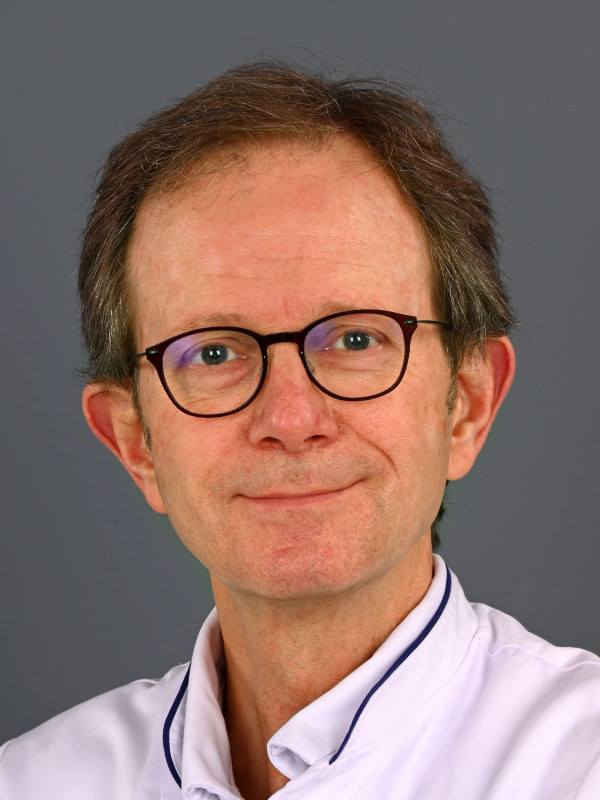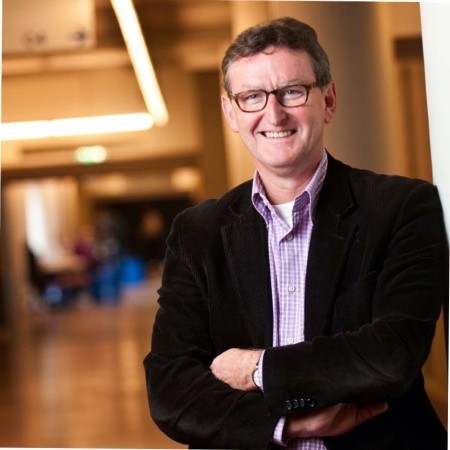As a resident in surgery / physician-scientist, I became interested and involved in early 2002 in the new field of Molecular Imaging. At that time the first In Vivo Cellular and Molecular Imaging Centers (ICMICs) were initiated in the US in renowned centers such as Harvard, UCLA, and Stanford among others. During that time period, pre-clinical molecular imaging was the main area of development and I became interested in the use of bioluminescence imaging for basic cancer research. I decided to visit several centers in the US and during the 1st Society of Molecular Imaging (SMI) in Boston, I was in the fortunate circumstance to meet the founding fathers of Molecular Imaging, prof Ralph Weissleder, prof Sam Gambhir, prof Chris Contag and prof Vasilis Ntziachristos - the last my long-standing collaborator and friend. From the EU, which was lagging behind approximately 5 years at that time in the field, prof Clemens Lowik, prof Betrand Tavitian and prof Andreas Jakobs where there too. The meeting was unheard of in terms of new technological developments, data, presentations and small-animal imaging in the field of imaging like PET, MRI, CT, bioluminescence and fluorescence, with a multitude of different disciplines present in the audience - chemists, engineers, radiologists, physicists etc - fully motivated to take the field to the next level. It happened that I was the only surgeon being present at that time and was looked upon as a rather strange duck in the pond. After many fruitful discussions with Vasilis Ntziachristos - at that time employed at Harvard - it became clear that of all the imaging modalities, optical imaging and in particular fluorescence imaging, was the way to go for clinical translation, supported by pre-clinical bioluminescence for evaluation / validation purposes. But…...there was a slight problem: there were no reliable clinical camera’s, no fluorescent tracers and no regulatory guidelines how to take this into 1st in-human clinical translation.
With that in mind, Vasilis and my rather small group of two people started our collaboration and during the WMIC meeting in Nice (2008) all pieces of the puzzle for clinical fluorescence imaging came together during a meeting in one of the famous fish restaurants in Nice, where biochemist prof Phil Low from Purdue University, prof Vasilis Ntziachristos from the Technical University in Munich and myself ignited one the most impressive and stimulating projects of my life related to fluorescence imaging in patients with ovarian cancer. The tasks were clear: Phil would provide the GMP-produced tracer - folate-FITC, Vasilis the fluorescence camera with analytical software and engineers and myself the MD/PhDs and the clinical setup / regulatory approval in the UMCG in Groningen in patients with ovarian cancer. This created an enormous critical mass and within a year we included the first patient, of which the images and camera footage can still be found in our landmark paper published in Nature Medicine in 2011 (nature.com/articles/nm.2472). Those people who can understand Dutch, can hear our vibrating voices due to the exciting moment of imaging in the OR in the supplemental video (https://static-content.springer.com/esm/art%3A10.1038%2Fnm.2472/MediaObjects/41591_2011_BFnm2472_MOESM17_ESM.mov).
This was the moment I stepped out and emotionally called Vasilis and Phil to tell them the big news that the imaging was succesful, you may appreciate the silence of impact followed by excitement. This point in time, for me personally, meant he confirmation that we were on the right track and opened-up the fluorescence toolbox for fluorescence-guided surgery. It also created a enormous leverage on a global scale for the field of fluorescence imaging towards the development of fluorescent tumor-specific tracers and the spread towards other disease areas other than cancer, such as cardiovascular disease, inflammation and infectious diseases. We were very proud that it inspired other groups to become confident that clinical translation of fluorescent tracers and cameras was feasible. World-renowned research groups like the one of late Roger Tsien, Nobel laureate, became heavily involved in fluorescent smart-activatable probes - which are by the way currently in phase 3 trials - and fluorescent tracers for nerve imaging, the work continued by prof Quyen Nguyen at UCSD and now in clinical translation.
Fifteen years later it is with great pride and joy to observe the international activities in the field, with recently the announcement of the first FDA-approved near-infared folate receptor alpha targeted tracer for ovarian cancer, and with several more tracers currently in the pipe-line for evaluation by the FDA. With this in mind, I can clearly state that I foresee a great future of fluorescence imaging in a variety of clinical applications - also beyond the academic applications - towards standard-of-care and not only do I foresee it to become established for fluorescence-guided surgery, but also for fluorescence-guided endoscopy and bronchoscopy.


